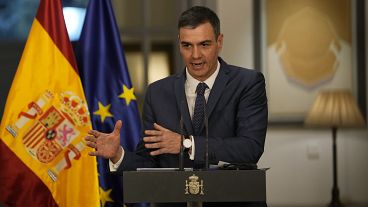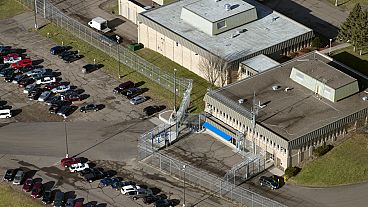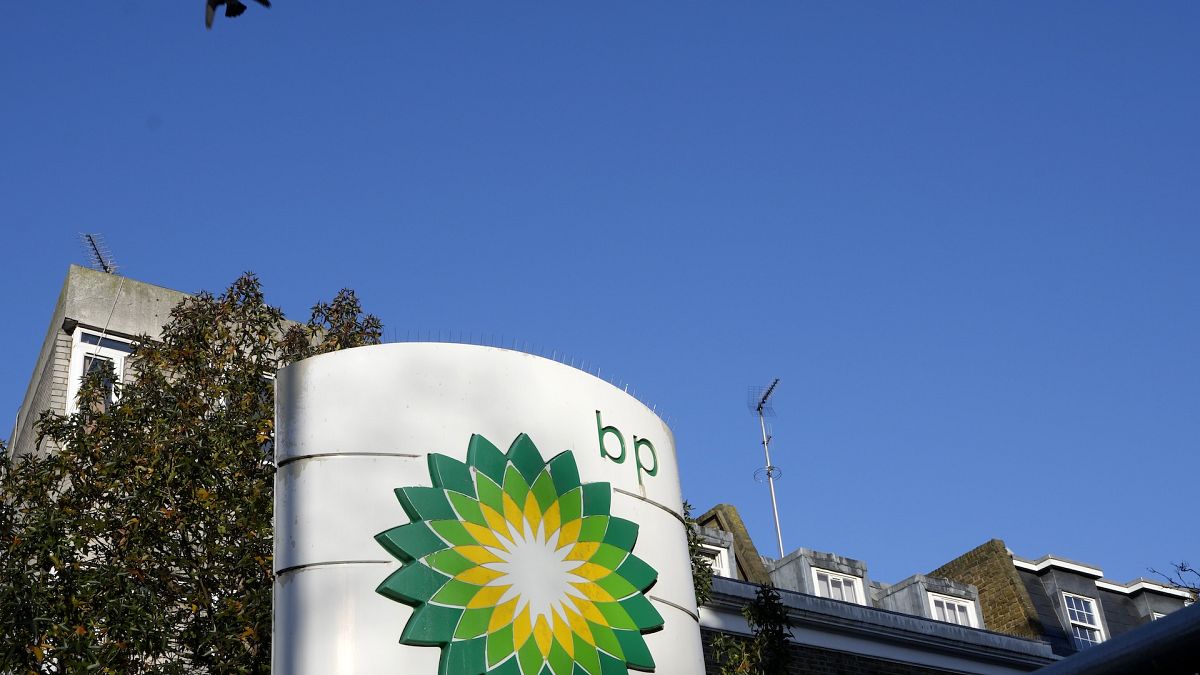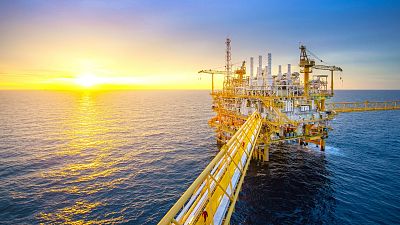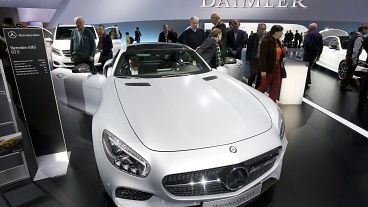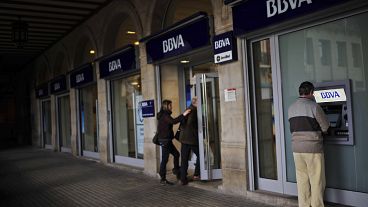New boss Murray Auchincloss, who took the helm in January, has shifted the company's focus towards high growth and increased returns to shareholders amid weakened profit margins.
BP has reported an underlying replacement cost (RC) profit of $2.8 billion (€2.6 bn) for the second quarter, beating forecasts of $2.6bn (€2.4bn), thanks to high oil and gas prices that offset significantly reduced refining margins. The profit represented a 4% sequential increase from $2.7bn (€2.5bn) in the March quarter.
The British oil giant raised its dividend by 10% to 8 US cents (€0.07) per share from 7.27 US cents, and extended the previously announced $3.5 billion (€3.2bn) share buyback programme. This brings the total investor returns to $7bn (€6.4bn) for 2024.
BP shares initially rose by 2% before paring gains and finished 0.3% lower on the London Stock Exchange, given a sharp decline in crude prices on Tuesday.
Improved oil production profit, raised cash flow, and lower debt
The RC profit in oil production and operations rose by 6.5% to $3.3bn (€3.04bn) from $3.1bn in the previous quarter. The increase was primarily driven by higher fuel prices and lower tax rates, despite a decline in refining margins.
The company confirmed a writedown of $1.5bn (€1.38bn) to scale back refinery operations at its Gelsenkirchen refinery in Germany. However, the amount was less than the previously projected $2bn (€.1.84bn). Earlier in the month, BP announced that weak refining margins and lower oil trading results could potentially erase between $500m (€4.6m) and $700m (€6.4m) of profit during the second quarter.
Gas and low-carbon energy reported a loss of $0.3bn (€0.28bn) in the second quarter, compared with a profit of $1bn (€0.92bn) in the prior quarter. This result reflected a slump in gas prices compared with a strong first quarter.
The customer and product segment reported an adjusted RC profit of $1.1bn (€1.01bn), down from $1.3bn (€1.2bn) in the previous year. BP noted that the customer's underlying result was higher by $0.4bn (€0.31bn) due to stronger fuel margins. However, the product result was lower, impacted by significantly reduced realised refining margins.
Operating cash flow increased to $8.1bn (€7.46bn), including a working capital release of $0.5bn in the second quarter, up from $5bn (€4.6bn) in the previous quarter. Net debt decreased to $22.6bn (€20.81bn) from $24bn in the first quarter, primarily due to strong operational cash flow.
BP scales back from low-carbon projects
BP decided to proceed with the development of the Kaskida oilfield in the Gulf of Mexico, reflecting its strategic shift towards higher-margin fossil fuels over low-carbon projects. CEO Murray Auchincloss, who took the helm in January, has shifted the company's focus towards high growth and increased returns to shareholders amid weakened profit margins.
He said: "We are driving focus across the business and reducing costs, all while building momentum in our drive to 2025. Our recent go-ahead of the Kaskida development in the Gulf of Mexico business, and decision to take full ownership of bp Bunge Bioenergia while scaling back plans for new biofuels projects, demonstrate our commitment to delivering as a simpler, more focused and higher value company. This all supports growing returns for shareholders, as we have announced today."
The oil giant had previously announced plans to reduce emissions by 35% to 40% by the end of the decade and achieve net zero by 2050. Early in 2023, it scaled back the target to an emission cut of 20% to 30%. Nonetheless, the firm also announced plans to go ahead with a green hydrogen facility at the Castellon refinery in Spain and take a final investment decision on developing the green hydrogen project in Germany.


